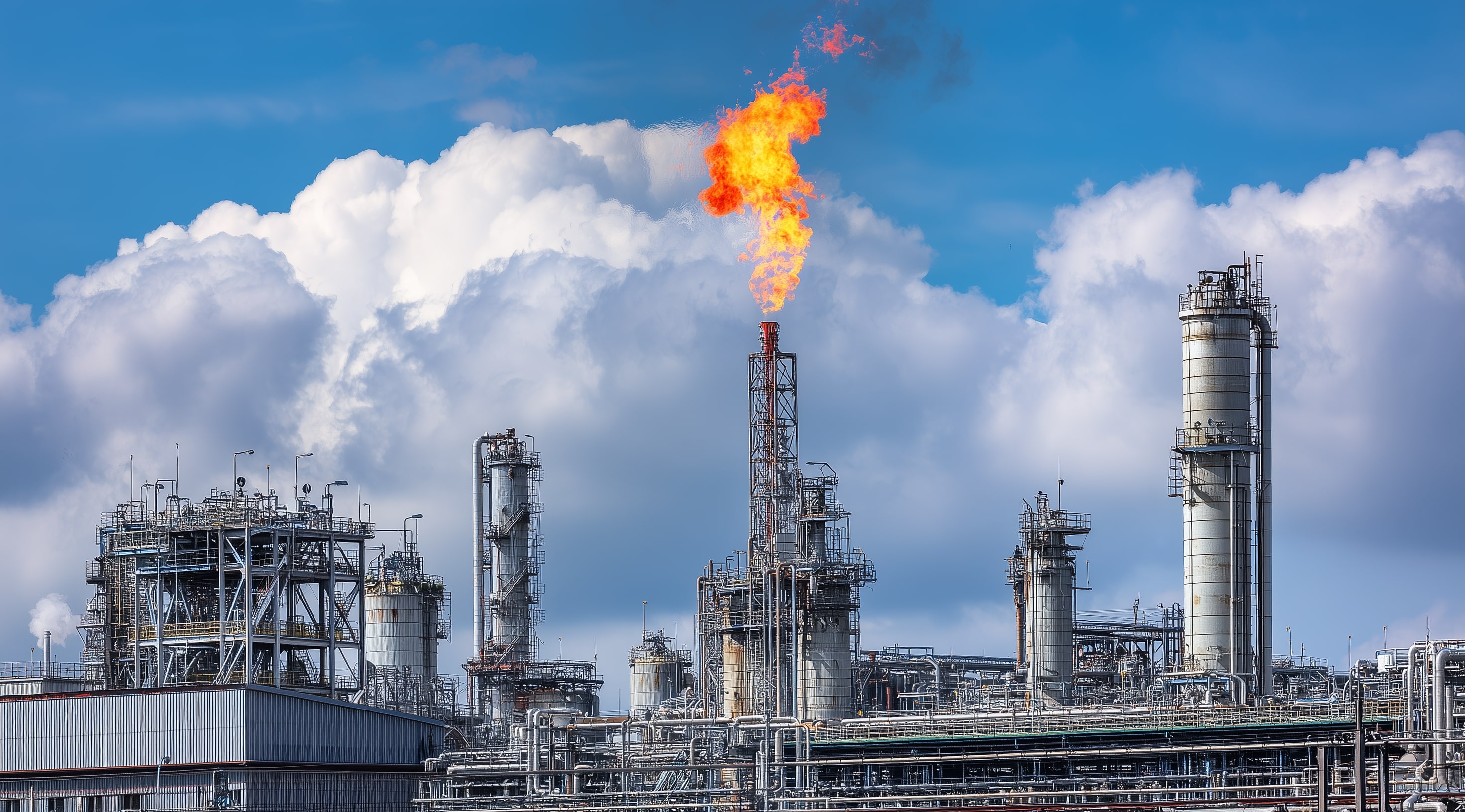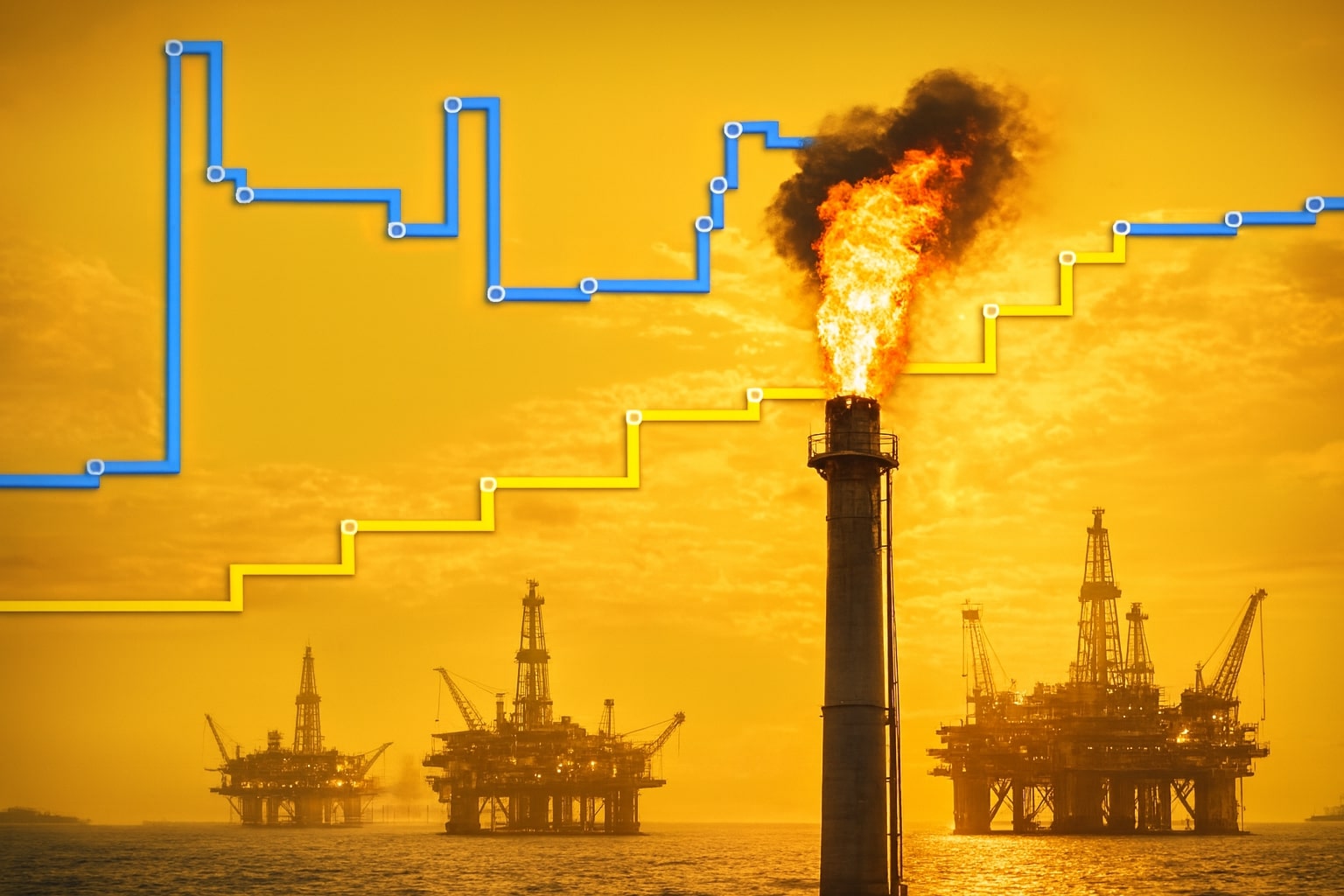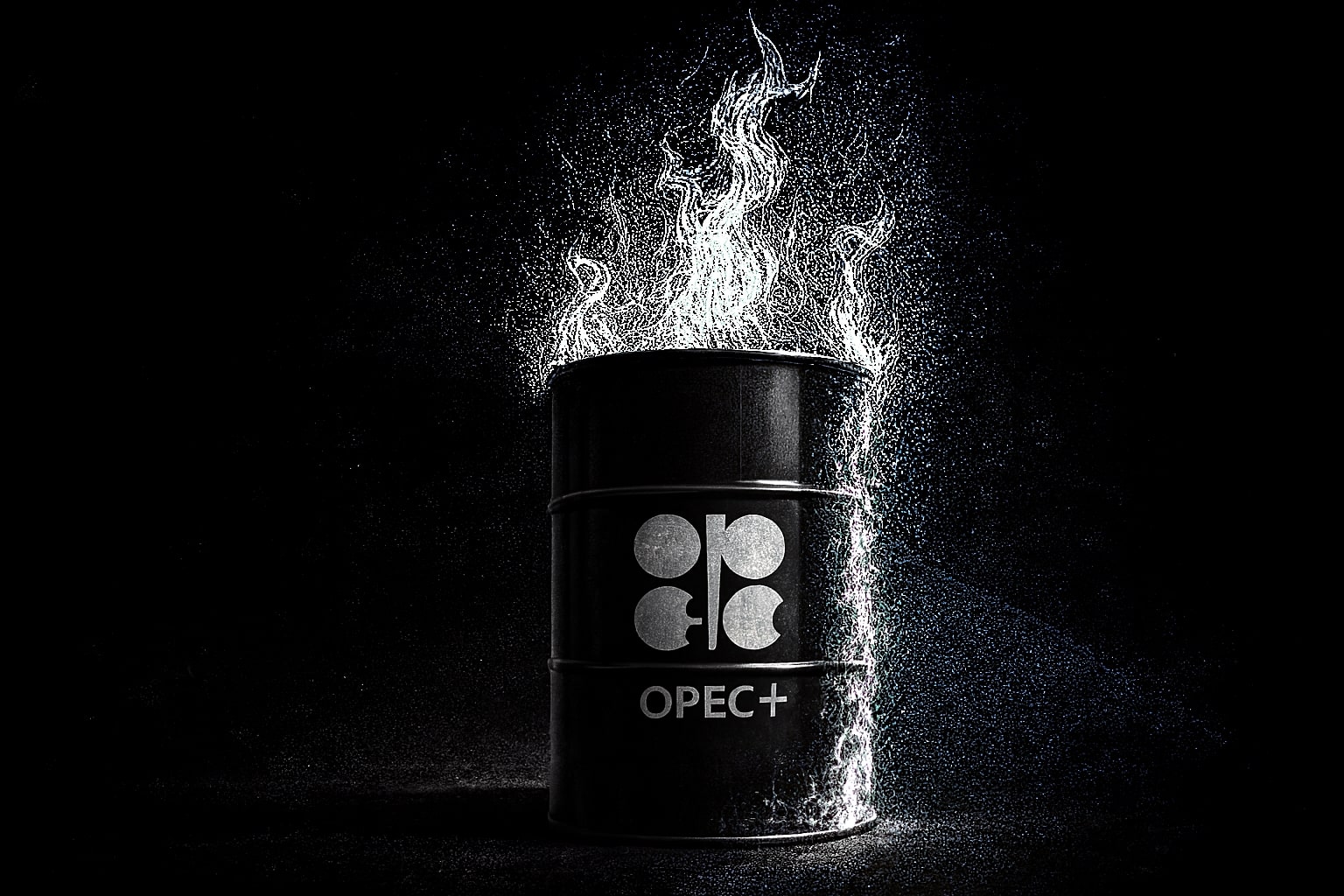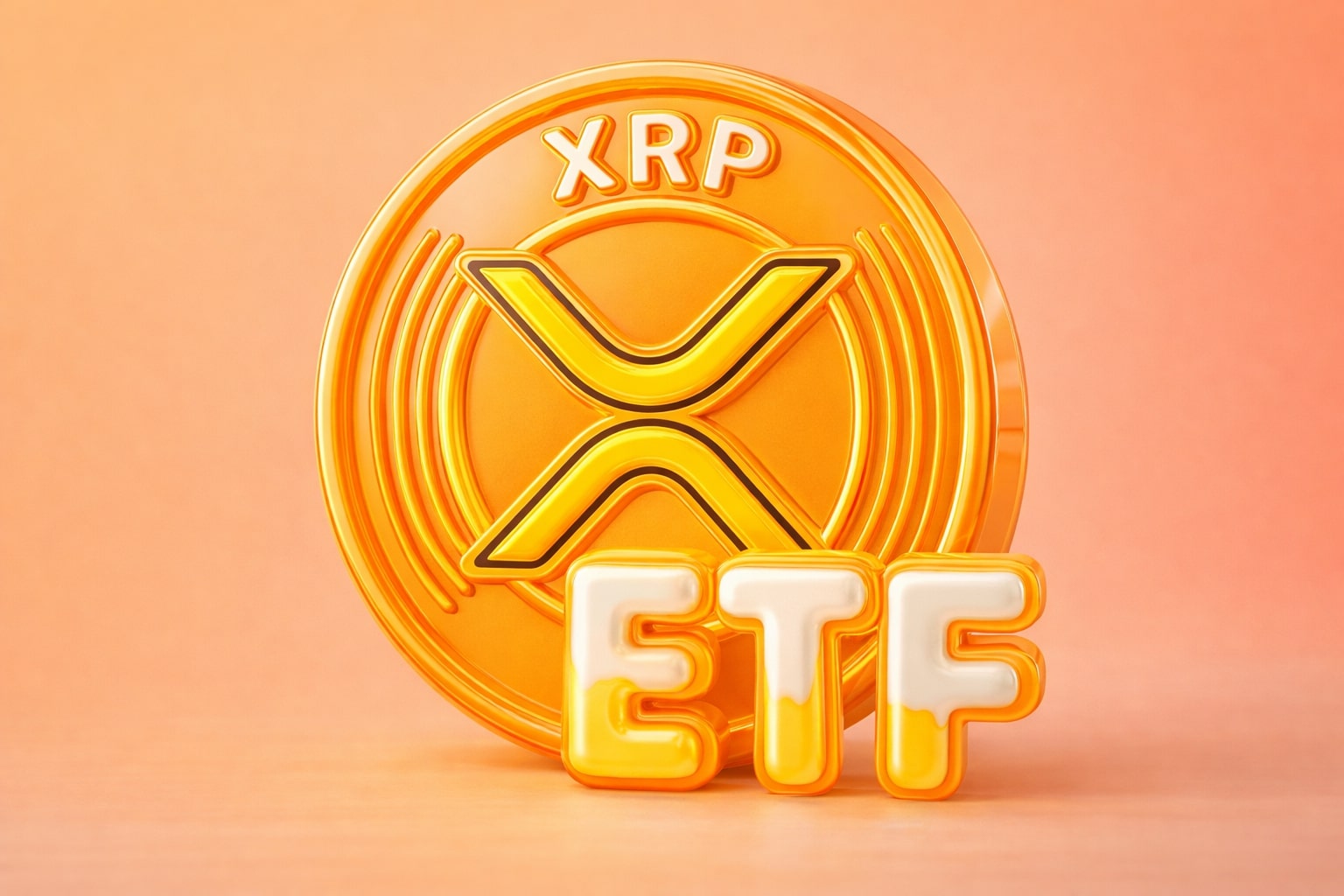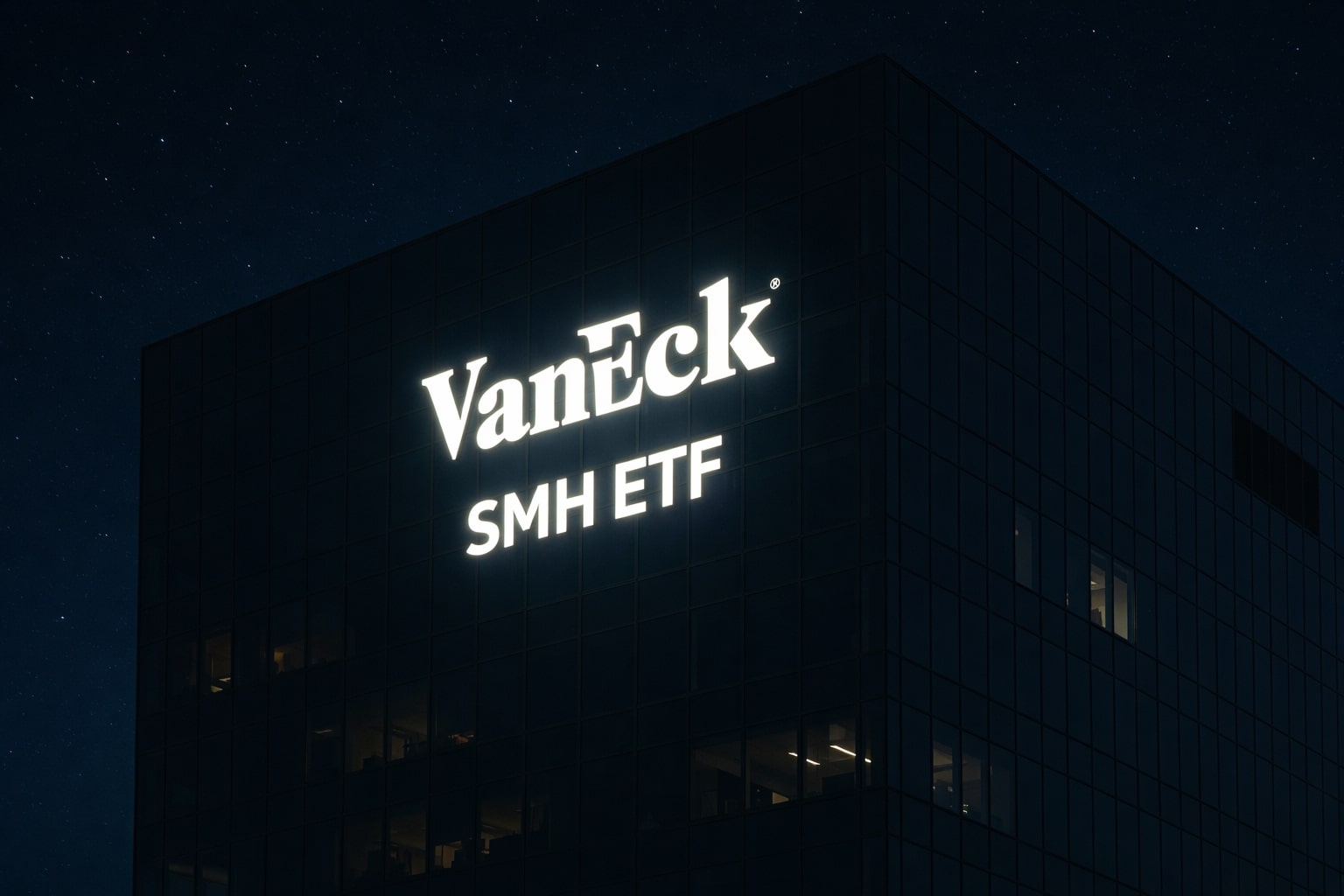Natural Gas Price (NG=F) Rises to $4.10 as Winter Demand, Record LNG Flows, and U.S. Weather Shifts Ignite Bullish Momentum
Natural gas futures surged 3.69% to $4.10 per MMBtu, extending their strongest weekly rally since February, as colder U.S. weather projections, record LNG flows, and resilient consumption patterns revived bullish sentiment across energy markets. The December contract, now in full control, tested its seven-month high, marking a clear breakout from the multi-month bearish structure that capped prices below $3.60 through the summer. With U.S. production steady at 107.1 bcf/day and export demand surging to 16.7 bcf/day, the market is tightening into the start of the high-demand season. The Henry Hub spot benchmark rose to $3.45, its highest level since July, underscoring broad demand strength across the U.S. and Europe.
Colder Forecasts Spark Heating Demand Surge
Meteorological data from Atmospheric G2 confirmed a sharp drop in temperatures across the Midwest and Northeast between November 9 and 13, signaling an early start to heating season. Major urban regions like Boston, New York, and Philadelphia are expected to record temperatures up to 10°F below seasonal norms, leading utilities and industrial users to ramp up procurement. Analysts note that the market’s recent resilience, despite elevated storage, stems from a renewed focus on winter consumption rather than oversupply fears. Across Europe and Asia, similar cold fronts have drained inventories by 11% since early October, amplifying global tightness and supporting U.S. export prices.
LNG Export Boom Reinforces Structural Tightness
LNG exports continue to play a pivotal role in absorbing excess U.S. supply. The average flow to the eight major export terminals hit 16.5 billion cubic feet per day in October, up from 15.7 bcf/day in September — a new record that reflects strong foreign demand amid geopolitical reshuffling in energy trade. The Gulf Coast terminals remain the primary driver, with Freeport, Sabine Pass, and Corpus Christi operating near capacity. In Europe, the shift away from Russian pipeline gas has kept LNG demand elevated, while Asian buyers — particularly Japan and South Korea — secured additional winter shipments under long-term U.S. contracts. The combination of tight Atlantic Basin capacity and firm Pacific premiums has positioned Henry Hub-linked gas as the global balancing point heading into winter.
Technical Breakout Confirms Trend Reversal
From a technical standpoint, NG=F has completed a decisive breakout above the descending triangle that constrained prices since June. The surge beyond $3.60 triggered strong follow-through buying, establishing a new base between $3.80 and $4.00, and opening potential toward $4.25–$4.50. All key EMA clusters (20, 50, and 100-day) sit below the current price — between $3.25 and $3.43 — forming a robust layer of support. The Supertrend indicator flipped bullish at $3.42, confirming the structural momentum shift. RSI readings hover near 65, suggesting strong but controlled buying pressure, while the MACD histogram remains positive and expanding. Trading volume climbed sharply, reflecting institutional participation behind the rally, rather than retail speculation.
U.S. Storage and Supply Context
According to the EIA’s latest data, U.S. working gas in storage reached 3,882 billion cubic feet for the week ending October 24, representing an increase of 74 bcf. This figure is 29 bcf higher than last year and 171 bcf above the five-year average of 3,711 bcf — placing inventories 4.6% above normal. Despite these ample reserves, prices continued to rally, signaling that demand expectations and structural export strength outweigh supply overhang concerns. Regionally, the South Central storage hub remains 6% above seasonal norms, with 1,282 bcf in inventory and 82.3% capacity utilization. The surplus is largely concentrated in salt storage fields, suggesting limited flexibility if severe cold draws accelerate in November.
Fundamental Drivers: Weather, Demand, and Output
Commodity strategists emphasize that weather-driven demand is now the dominant catalyst. The earlier fears of oversupply have faded as consumption models price in a 10–12% rise in heating demand versus last year. Industrial power use remains stable, while gas-intensive sectors such as petrochemicals and fertilizer manufacturing have normalized consumption at post-pandemic highs. U.S. dry gas output, though elevated, has shown signs of plateauing after peaking in late September. Permian Basin production has slipped modestly from record levels, aligning with temporary maintenance shutdowns along the Permian Highway Pipeline. These minor supply adjustments, combined with strong LNG liftings, have helped rebalance near-term fundamentals.
Global Interplay: Europe’s Deficit and Asia’s Premiums
Globally, structural support for natural gas (NG=F) extends beyond the U.S. market. Europe’s storage drawdown, now at 89% capacity, has already begun earlier than expected due to cold weather and lower wind generation. Benchmark Dutch TTF prices climbed back toward €37/MWh, equivalent to roughly $11 per MMBtu, keeping transatlantic arbitrage routes profitable for U.S. exporters. In Asia, JKM spot LNG prices remain above $12.50 per MMBtu, ensuring continued U.S. export flows even as global shipping rates climb. This price divergence underscores the U.S. market’s growing role as a swing supplier capable of stabilizing global gas trade flows.
Market Psychology and Trading Behavior
Traders are increasingly treating natural gas as a cyclical long-only asset into winter. Veteran analysts such as Phil Flynn and Art Hogan highlight that pullbacks toward $3.60 represent accumulation zones rather than shorting opportunities. This sentiment mirrors behavior in the December and February contracts, both showing rising open interest and narrowing contango spreads. Speculative positioning data from CFTC shows net long exposure up 18% week-over-week, the strongest build since April, while producer hedging activity remains subdued, reflecting confidence in stable-to-higher pricing through the cold months.
Production Resilience and Structural Risks
While bullish sentiment dominates, structural risks remain. U.S. supply continues to hover near record highs, and any sustained mild weather in November could temporarily ease demand and prompt short-term corrections toward $3.70–$3.60. However, the EIA’s long-term forecast projects that consistent LNG demand and industrial growth will absorb incremental production, limiting downside volatility. Permian and Haynesville output efficiency gains have provided a production cushion, yet the market’s focus is shifting from oversupply to deliverability — how fast gas can move from storage to market under severe cold.
Price Levels and Trading Outlook
Immediate resistance stands near $4.25–$4.30, followed by the psychological ceiling at $4.50. A sustained close above $4.25 could unlock the path to $4.70, a level last seen in February 2025. Conversely, strong support holds at $3.60, with deeper structural support near $3.25. These levels represent key zones for traders seeking medium-term entries. The overall technical posture, reinforced by the bullish crossover of short- and medium-term moving averages, indicates momentum remains intact.
Long-Term Dynamics and Macro Context
Beyond short-term fluctuations, the medium-term narrative for NG=F is increasingly defined by global LNG integration and U.S. energy diplomacy. The Biden administration’s trade discussions with Asian partners have emphasized expanding LNG supply commitments, while European utilities are renewing multi-year contracts to mitigate geopolitical risk. Domestically, natural gas remains central to the U.S. energy transition, supporting grid stability as renewables expand. The convergence of geopolitical strategy, winter demand, and export-driven tightness presents a multi-layered bullish environment.
Verdict on NG=F
After months of consolidation, natural gas has entered a renewed bullish phase. The combination of record LNG exports (16.7 bcf/day), colder U.S. weather, and strong seasonal demand positions prices for further gains into November and December. Despite storage levels above average, the structural setup favors accumulation on dips rather than distribution. Given technical confirmation, macro tailwinds, and speculative alignment, NG=F is rated BUY, with an upside target range of $4.50–$4.70 in the near term and potential extension toward $5.00 if early-winter temperatures remain below normal.
That's TradingNEWS














